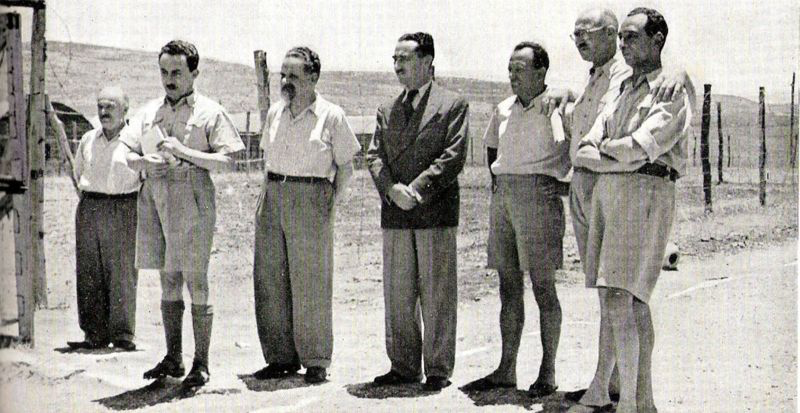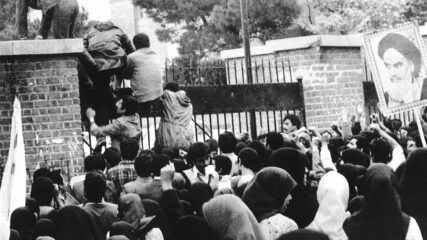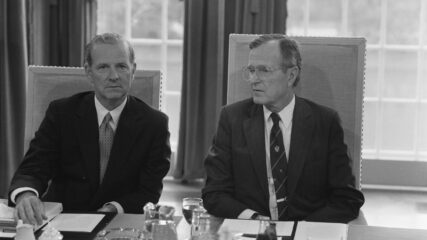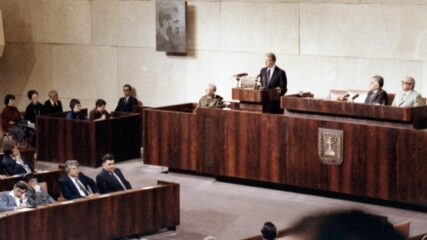November 1, 1945
The newly formed Jewish Resistance Movement sets off explosions at more than 150 sites along the railway system of British Mandatory Palestine and blows up three British gunboats in the Jaffa and Haifa harbors in synchronized attacks known as the Night of the Trains. Palmach units carry out most of the sabotage, but Irgun and Lehi fighters also participate in attacks. In all, an estimated 1,000 men are involved.
Almost all the strikes are carried out without shooting or casualties. One Irgun fighter, a British soldier, a British police officer and four Arabs are killed in a raid on a train station in Lod, and a Lehi member dies when explosives intended for a Haifa oil refinery detonate prematurely.
David Ben-Gurion, the head of the Jewish Agency Executive, approves the plan on behalf of the Haganah but is not vocal about the success of the operation. The attacks raise morale in the Yishuv, the Jewish area of settlement in the Land of Israel. Newspapers cover the Night of the Trains extensively, and British officials condemn the operation.
The Jewish Resistance Movement conducts acts of terror and other operations, including the freeing of Jewish immigrants held at a British detention camp and the bombing of the King David Hotel in Jerusalem, until disbanding in August 1946. The movement’s leadership is composed of two Haganah officers, Moshe Sneh and Yisrael Galili; one from the Irgun, Menachem Begin; and one from Lehi, Nathan Yellin Mor.









